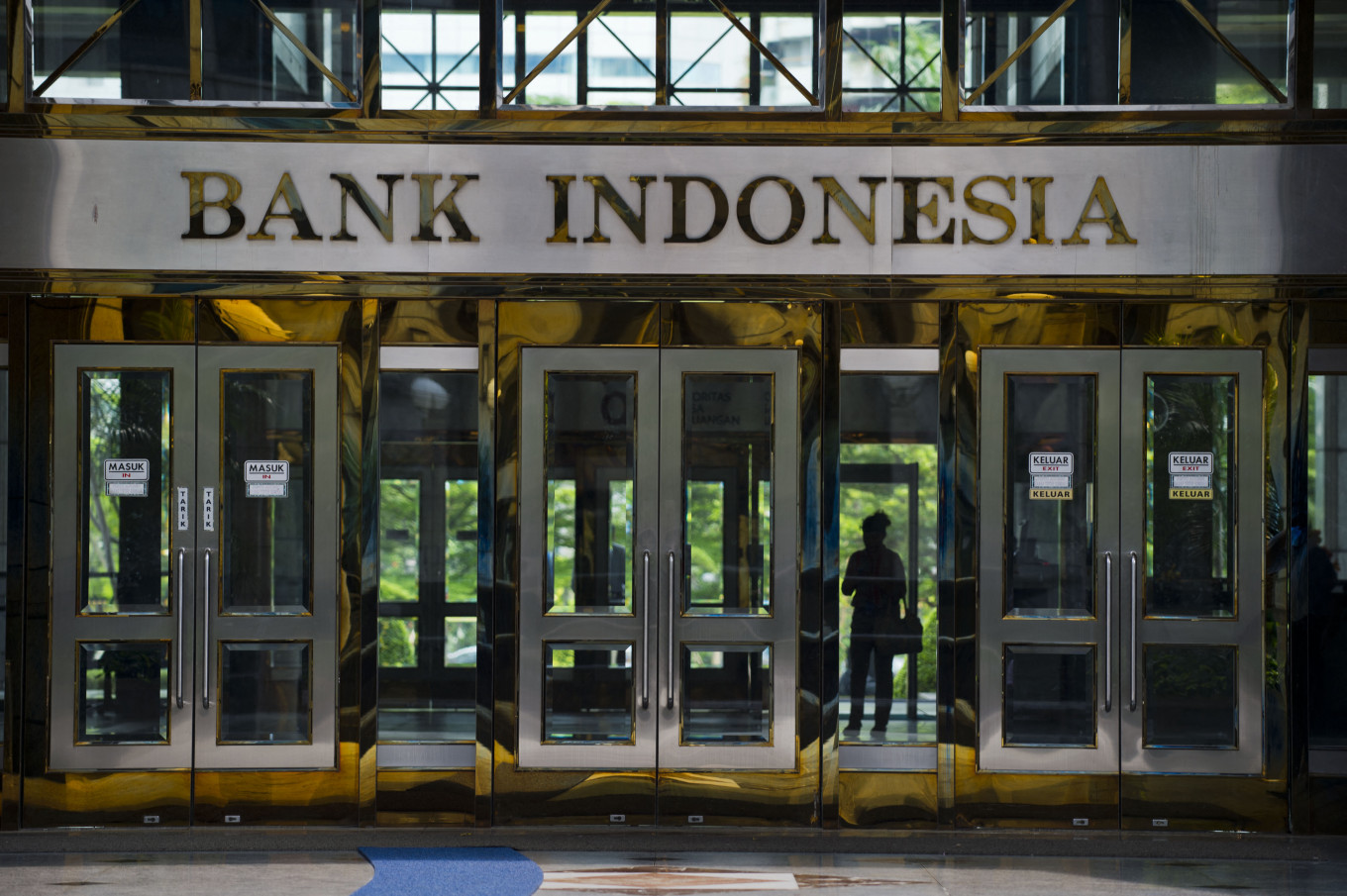Popular Reads
Top Results
Can't find what you're looking for?
View all search resultsPopular Reads
Top Results
Can't find what you're looking for?
View all search resultsBank profitability amid low credit growth
The portion of banking funds with lower interest rates is quite high and tends to increase in line with the higher acquisition of demand deposits and saving accounts.
Change text size
Gift Premium Articles
to Anyone
I
t is common knowledge that the banking sector’s profitability follows lending growth. This procyclical behavior of bank profitability is inseparable from lending activity as the main banking role. An expanding economy will stimulate demand for bank credit. Banks usually get the bulk of their income from the interest they charge on loans to borrowers.
However, the profits of the banking sector until the third quarter of this year increased by 22.9 percent to Rp 104.61 trillion (US$7.47 billion) from Rp 85.12 trillion in the same period last year, while the industry’s lending only grew 2.21 percent. The question then is how have the banks generated these profits?
One reasonable explanation to the question is the very low base effect from 2020 when in the third quarter bank profits fell on a year-on-year (yoy) basis by 27.61 percent to Rp 85.12 trillion. Another factor is the net interest margin of banks, or the difference between the interest banks received and the interest they paid to depositors, which rose by 12.94 percent while the amount of non-performing loans and restructured loans increased.
The rise in the net interest margin was driven more by the 16.18 percent decline in interest expense, deeper than the 2.47 percent decline in interest income. Hence, the high net interest margin could cover the overhead costs.
The trend shows that the decline in interest expense has played an important role in bank profits, caused by the lower costs of funds from depositors, or third-party funds (DPK). Bank Indonesia (BI) data show that the cost of DPK in the third quarter of 2021 averaged only 2.12, against 3.17 percent in the third quarter of 2020 and 3.71 percent in the same period in 2019.
Time deposit interest rates at major banks such as BRI, Mandiri, BCA and BNI currently range from 2.35 to 2.85 percent for tenors of 1-12 months, while the interest rates on demand deposits and individual savings range from 0 to less than 2 percent. A minimum deposit balance of Rp 1 billion usually gets the highest interest.
The low cost of DPK also relates to the funding structure. Currently, the portion of banking funds with lower interest rates is quite high and tends to increase in line with the higher acquisition of demand for deposits and saving accounts. The ratio of cheap funds in the third quarter of 2021 was 59.72 percent.
This figure was supported by higher growth in demand deposits and savings accounts, by 11.66 percent yoy and 11.88 percent yoy respectively. On the other hand, time deposits only grew 2.15 percent yoy.
The high increase in demand for deposits and saving accounts implied that companies were still not willing to expand their businesses and were waiting for better economic conditions, and individuals were holding back on spending so their idle funds were kept in the banks.
If we look again at the fund structure of the big banks mentioned above, we can see that the ratio of cheap funds is quite high, above 60 percent. In fact, BCA’s ability to obtain low-cost funds is much stronger, reaching 78.02 percent of total funds.
Banks that have DPK mostly in the form of demand deposits and saving accounts will clearly make more profits than banks that rely on time deposits. Different conditions are experienced by small-scale banks that still rely on time deposits which are costlier.
Of course, the low cost of bank funds cannot be separated from a series of stimulus package issued by BI which lowered its BI7DRR benchmark interest rate, as well as pumped liquidity injection through the Quantitative Easing program. Those policies injected a lot of liquidity into the market.
As we know, from early 2020 to October 2021, BI lowered its policy rate by 150 basis points (bps) from 5 to 3.5 percent. Meanwhile, as of Oct. 15, 2021, BI had injected Rp 129.92 trillion liquidity into the banking sector. BI also continued to purchase government bonds (SBN) in the primary market to the amount of 142.54 trillion to support the 2021 state budget.
In summary, the bank strategy to suppress the cost of funds is a good policy to maintain bank performance in the midst of low loan growth. However, the banking industry is expected to expand its lending to support the economic recovery post-pandemic.
***
The writer is a senior analyst at the Financial System Surveillance Department, Bank Indonesia. The views expressed are his own.










